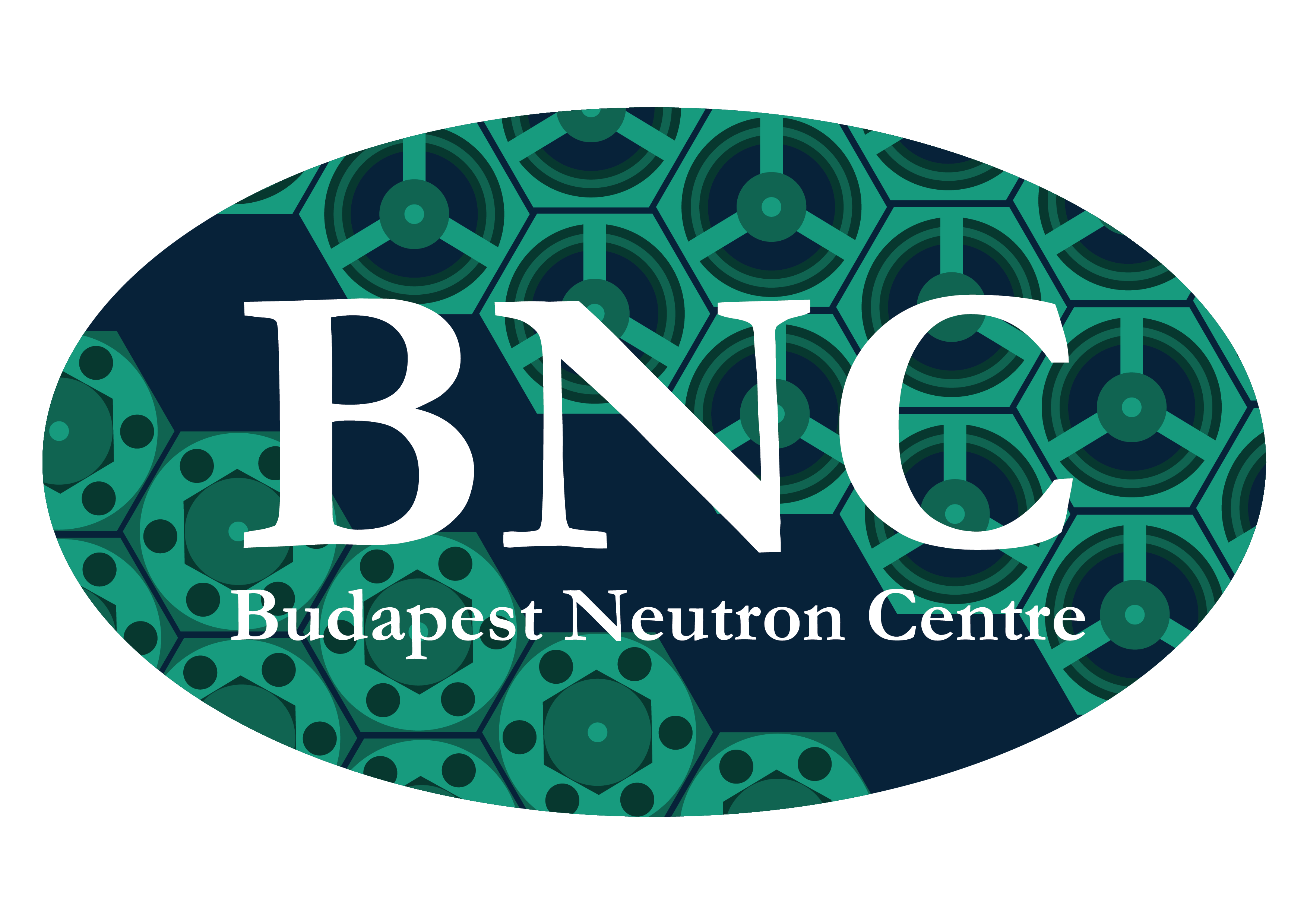Condensed matter
Study of calcium silicate bulk system
measured by the SANS
Bioactive glass-ceramics and composites have been successfully used for the repair, reconstruction, and replacement of diseased or damaged parts of the body, especially bones. The aim of our study was to prepare a bulk calcium silicate system that exhibits suitable properties to be used for biomedical applications. Glass-ceramics of composition CaO·SiO2 were produced by sol-gel technique starting from tetraethoxysilane and calcium nitrate tetrahydrate as well as by melt-quenching technique using a mixture of CaCO3 and SiO2. The traditional power technology requires 1500°C temperature to produce ceramic bulks; contrarily the sol-gel technique 700°C. Their structures were compared by means of thermo-analysis, X-ray diffraction, small angle X-ray and neutron scattering. The compactness of these materials is the key feature for biocompatibility, in this respect SANS measurements revealed important information on the temperature dependence of the fractal structure in various stages of the sample preparation. In the melt-quenched samples, the crystalline feature is dominated; the gel-derived samples are rather amorphous. The mechanical property of the calcium silicate materials obtained by different preparation routes were characterized by Brinell-hardness tests. The melt-quenching technology yields the glass-ceramics product with good mechanical strength at 1500°C; while the gel derived products achieve this mechanical strength already after a heat treatment at 700°C. The gel derived product prepared with ammonia catalyst proved to be the hardest and most compact matter.
References:
A. Meiszterics, K. Sinkó, Calcium silicate ceramic; Colloids and Surfaces A: Physicochemical and Engineering Aspects 319 (2008) 143-148
K. Sinkó, A. Meiszterics, L. Rosta; Comparative study of calcium silicate bulk systems produced by different methods, Progress in Colloid and Polymer Science 135 (2008) 130-138
